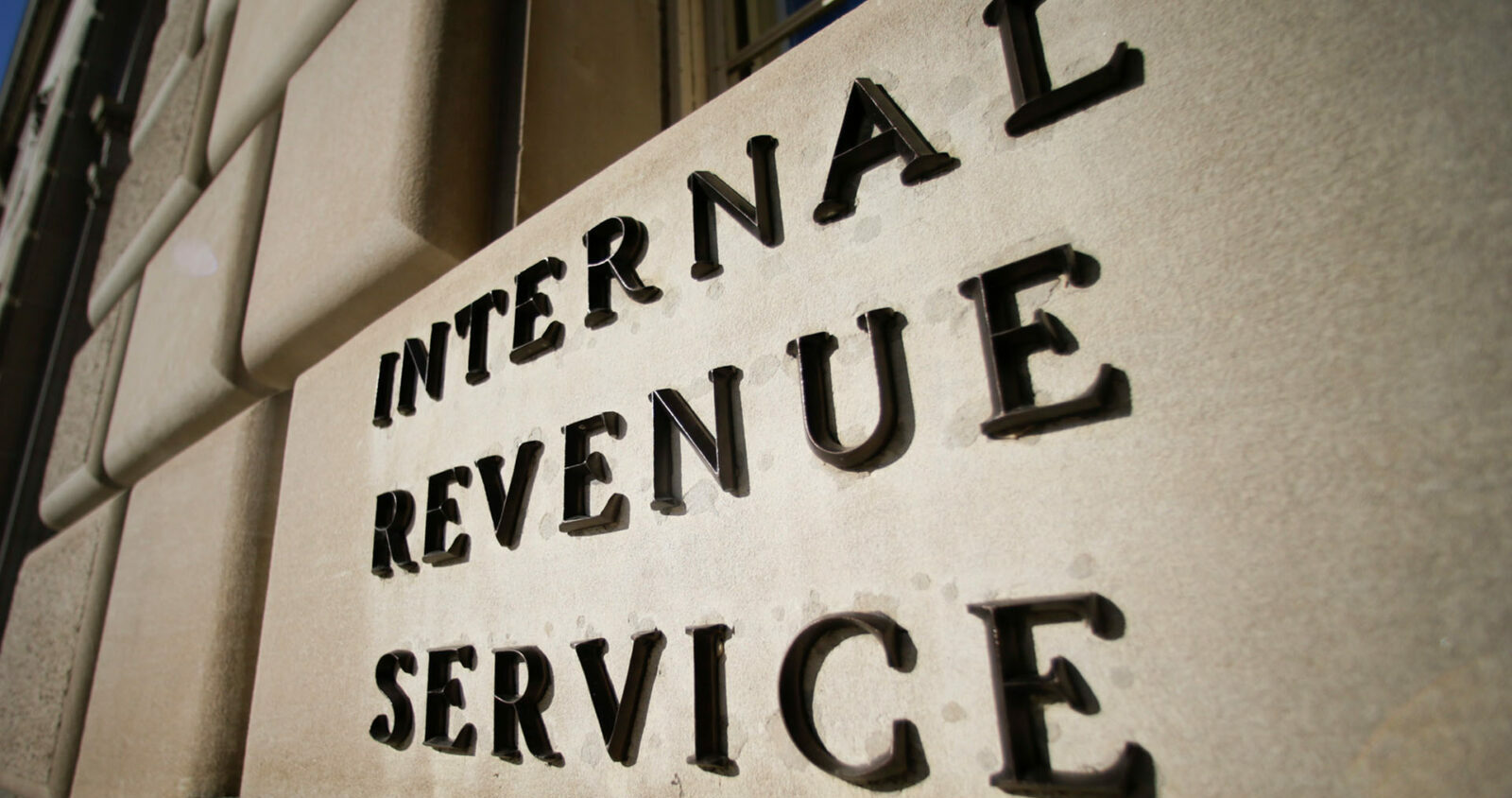New Employee Retention Credit Guidance in IRS Notice 2021-20

Yesterday the IRS issued Notice 2021-20, Guidance on the Employee Retention Credit under Section 2301 of the CARES Act. Notice 2021-20 finally provides some of the clarity that the accounting and business community has been asking for since the passing of the Consolidated Appropriations Act (CAA) on December 27, 2020.
Background
One of the features of the CAA allowed taxpayers to claim an Employee Retention Tax Credit (ERTC) even if they also received a Payroll Protection Program (PPP) Loan. Originally under the CARES Act, employers were forced to choose between the two, based on eligibility and optimization of benefits. The CAA not only provided stronger assistance by allowing the ERTC to be paired with PPP loans, it did so by extending such ERTCs retroactively to 2020 (as discussed in my January 5 article) and, with somewhat different features and criteria, forward into 2021 (as explained in my January 7 article). Beneficial as it was, the CAA left many questions unanswered regarding the mechanics of how to claim the credit, forcing many businesses to hold off availing themselves of it. Yesterday’s Notice 2021-20 answers those questions – but only for purposes of the 2020 credit. We are still awaiting more guidance regarding its use for 2021.
New clarity on use of wages
Notice 2021-20 allows taxpayers a great deal of leniency in determining which wages are eligible for the ERTC – particularly if they have not already filed for loan forgiveness. Assuming they meet all of the eligibility requirements, taxpayers computing a 2020 ERTC are required to exclude only wages actually used in their accepted PPP Loan forgiveness computations. Taxpayers who filed loan forgiveness applications that reported excess wages (the portion of wages that did not incrementally increase the amount of PPP loan that was forgiven) will NOT lose the ability to use those “leftover” wages for purposes of the ERTC. Any other qualified wages that were excluded from the PPP Loan forgiveness application will also be eligible for the ERTC, including wages not required in the PPP computations because of the inclusion of other eligible PPP Loan expenses.
In a nutshell, Notice 2021-20 provides a broad and logical interpretation of our earlier understanding that the same dollar of wages cannot be used to obtain both benefits – but a dollar not deployed for one purpose is free to be deployed for the other.
New clarity on qualifying (receipts reduction)
In addition to laying out the interaction between the PPP Loan and the ERTC, Notice 2021-20 also provides many examples of full or partial government shutdowns that allow taxpayers that do not meet the “gross receipts reduction test” to still claim the ERTC. Most of these examples could be previously found on the IRS website under ERTC FAQs, but Notice 2021-20 delivers one important addition with Question 11, which provides a definition of the term “nominal.” In order to meet the shutdown test, government orders must have a “more than nominal” effect on the business operations. A portion of the taxpayer’s business operations will be deemed to constitute more than a nominal portion if either (i) the gross receipts from that portion of the business operations is not less than 10% of the business’s total gross receipts, or (ii) the hours of service performed by employees in that portion of the business is not less than 10% of the total number of hours of service performed by all employees.
Mechanics
To claim ERTCs for 2020, taxpayers will need to amend their quarterly payroll tax Forms 941 for each respective quarter they paid eligible wages. (Because the ERTC involves only the employer’s share of Social Security Tax, Forms 940 and employees’ Schedules W-2 remain unaffected by this change.) However, amending Form 941 will directly impact taxpayers’ 2020 income tax returns because a wage deduction will be disallowed equal to the sum of credits determined for the taxable year. This means many businesses will need to extend their 2020 income tax returns until they are able to calculate their 2020 ERTC amounts.
Conclusion
Notice 2021-20 allows many taxpayer to proceed with claiming a 2020 ERTC by removing a number of ambiguities that previously held them back. As noted above, though, it addresses only 2020 ERTCs, and is silent regarding the somewhat different 2021 variant. We are hopeful that the rules for the 2021 ERTC will be very similar and forthcoming shortly! We also plan to dive deeper into the examples and some of the more complex areas addressed in this notice with a more in depth article in the coming weeks.
For more information or a discussion on how this may impact you, please contact your BNN advisor at 800.244.7444.
Disclaimer of Liability: This publication is intended to provide general information to our clients and friends. It does not constitute accounting, tax, investment, or legal advice; nor is it intended to convey a thorough treatment of the subject matter.


